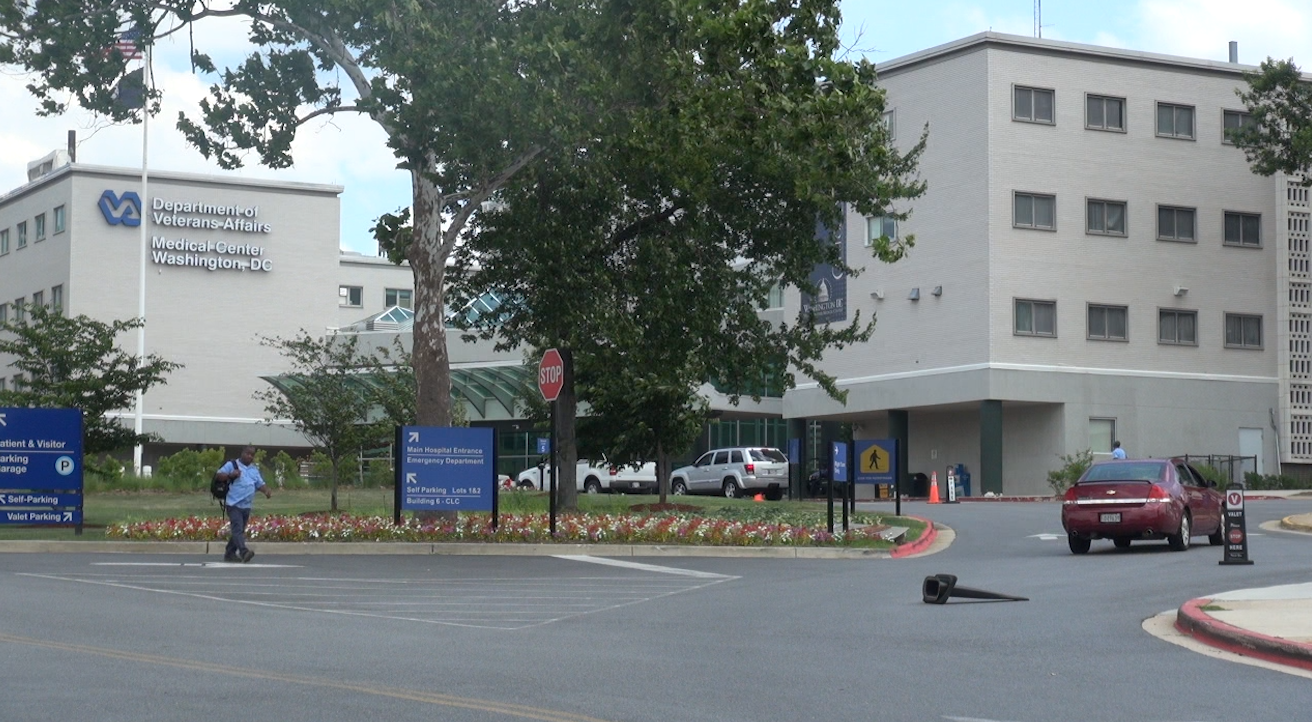WASHINGTON –The rising ranks of servicewomen returning from Iraq and Afghanistan over the past decade has changed the nature of care needed at the Department of Veteran Affairs, and the system has yet to fully adapt.
“VA hasn’t taken adequate steps to prepare itself for the huge influx of women veterans,” said Greg Jacob, policy director at Service Women’s Action Network, a nonpartisan advocacy group for women in the military.
There are over 200,000 servicewomen currently in uniform. Since 2000, more than 390,000 female veterans have used health care provided by the VA.
Military operations, beginning in Afghanistan in 2001, followed by the U.S. engagement in Iraq in 2003, were fought on unconventional battlefields — wars unlike any others in which the unpredictable, non-linear nature of battle has put women on the front lines.
With more females in combat roles and more overall opportunities, the number of women joining the modern military has jumped.
For Veterans Affairs that means there’s an increased need for general services for women and also more serious, combat-related injuries among women veterans.
Women are the fastest growing demographic at VA. The female vets enrolled in VA in last year were more than double since 2000. That population is projected to double again in the next decade.
“We have known for quite some time the number women and the number of women returning …” said Dr. Patricia Hayes, who has led the VA national Women’s Health office since 2007. “VA has been ramping up our services because our recognition of increasing needs.”
With Hayes at the helm, VA has trained over 2,000 additional primary women’s health care providers since 2008. It’s replaced a fragmented and inadequate system with a “one-stop” health care model that uses a primary care provider to administer blood tests, mental health services, gynecological care and mammograms.
While the VA has improved the quality of care for its women patients, Hayes said there’s more to be done.
“More resources are needed for women at a very steep rate,” she said.
Jamie Livingston would agree. A 32-year-old Navy veteran , Livingston, a petty officer 2nd class, suffered a stress fracture to a vertebra in her back while in active duty in Italy 2007. After she returned home the pain got worse. When She sought treatment at her VA in El Paso, Texas, the doctor said she needed a back brace.
But the hospital didn’t have back braces for women. The prosthetic technician gave her a man’s brace instead and it didn’t fit. The technician said it was because she had “a large hip to waist ratio.”
Her back has not healed and the brace causes frequent pain because, according to Livingston, it “rides up on me.”
Joy Ilem, deputy national legislative director of Disabled American Veterans, said the VA “has made a lot of progress over last couple of years.
“They’ve identified the gaps, they’ve identified a plan of action and that takes resources. There’s going to need to be additional attention from the leadership; it’s going to have to come from the top down.“


